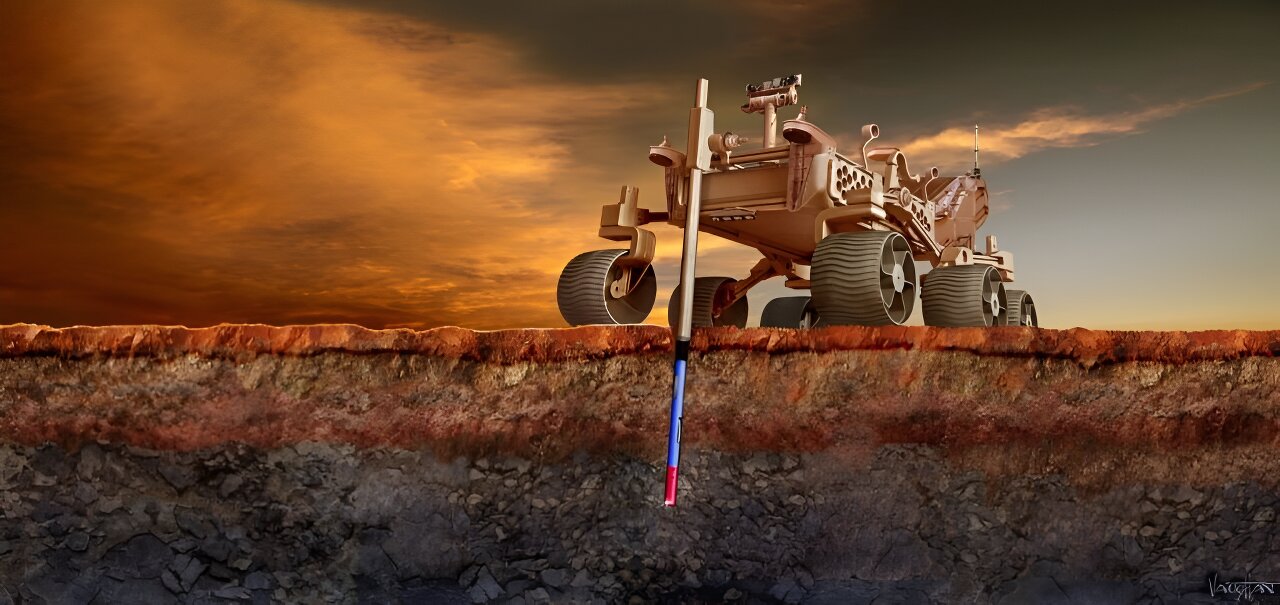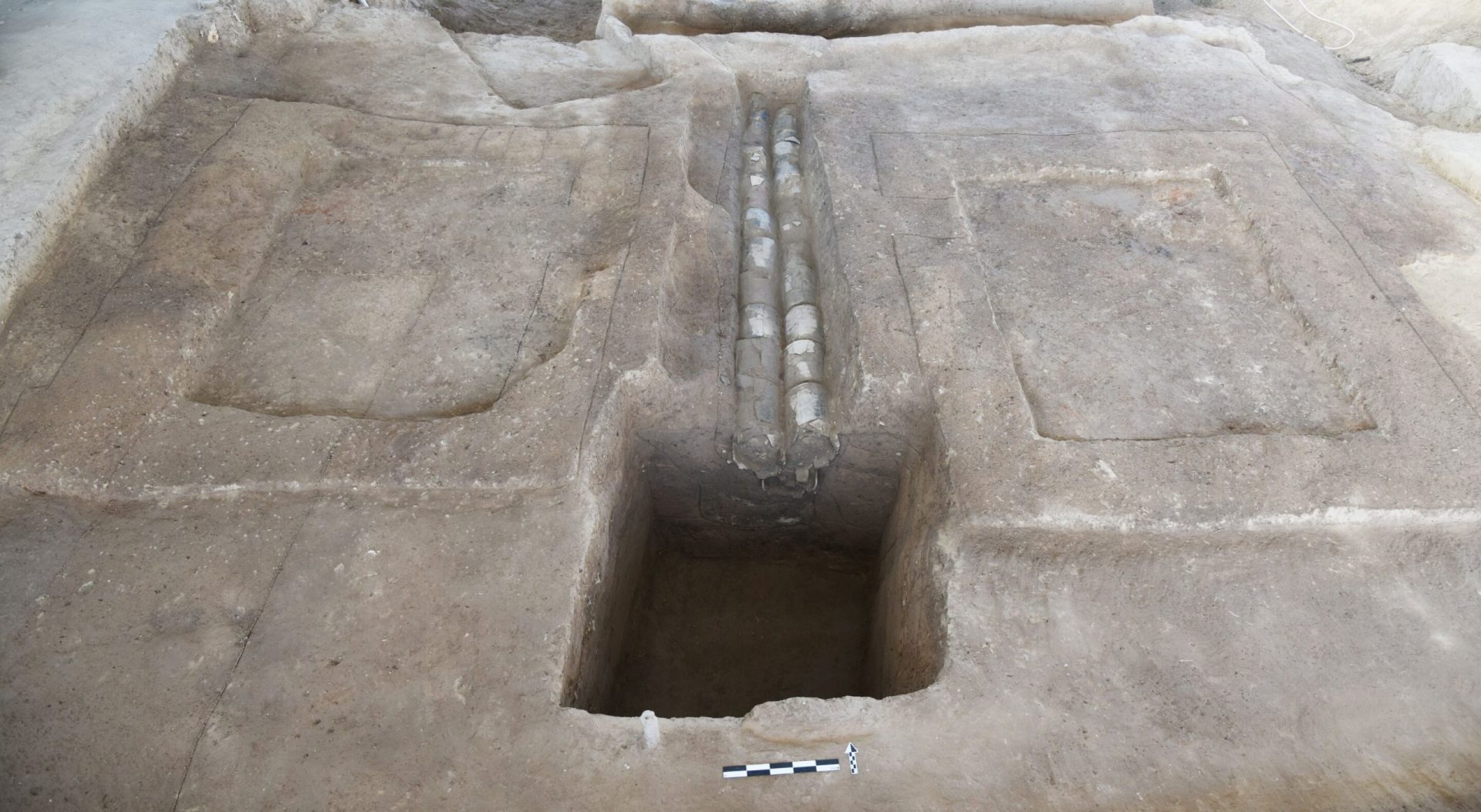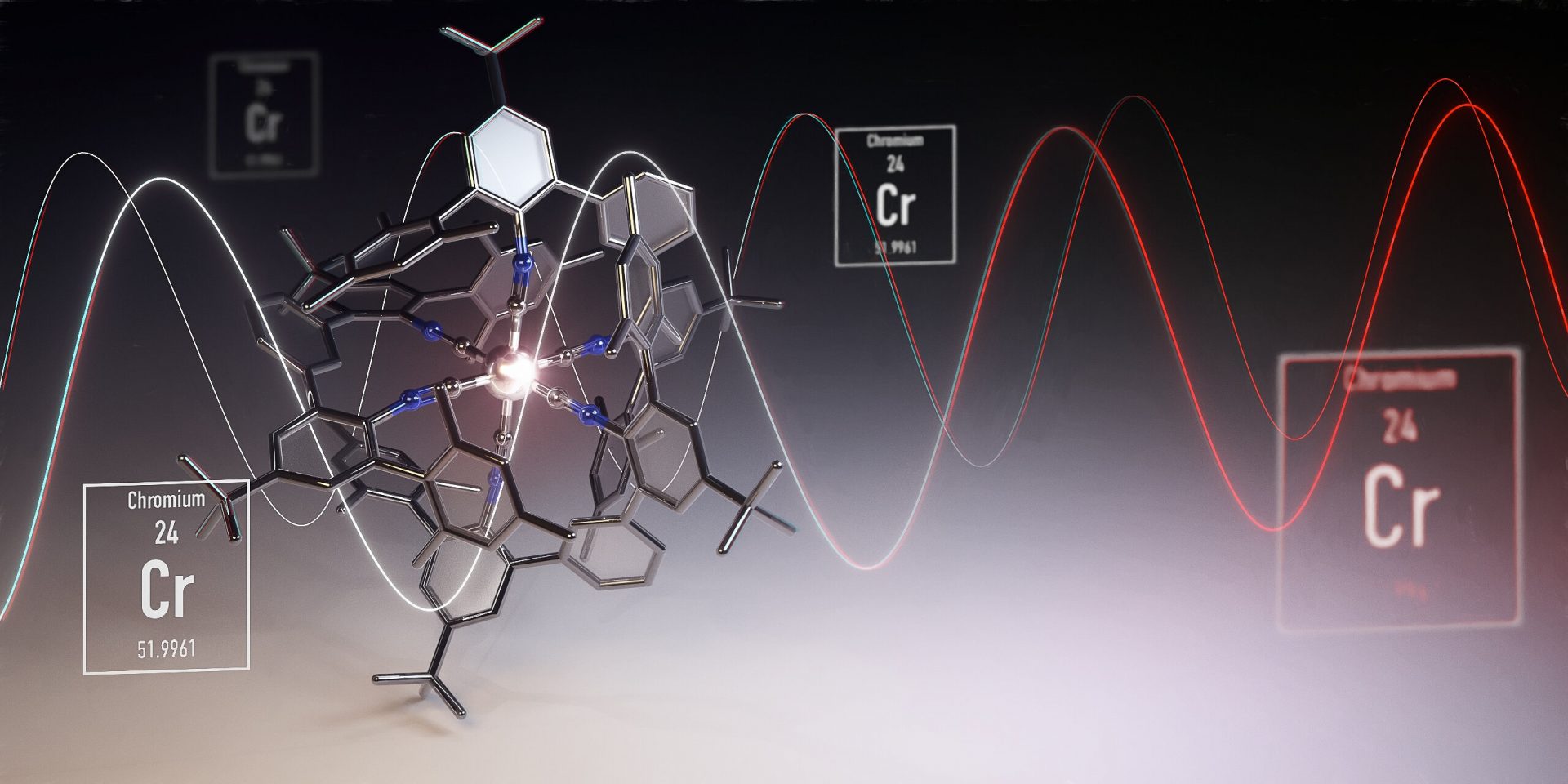The south pole of Mars holds great potential for future exploration. It’s a fascinating area for astrobiologists, who believe there could be traces of ancient water and possibly even signs of ancient life. To uncover these secrets, however, explorers would need to dig deeper than ever before on Mars.
But traditional drilling equipment is not suitable for the remote terrain of the Martian south pole. That’s why a team of engineers from Planet Enterprises, a Space Technology Incubator based in Washington, came up with an innovative solution called Borebots.
In 2021, NASA’s Institute for Advanced Concepts (NIAC) supported the Borebots concept, and the engineers, led by Quinn Morley and Tom Bowen, documented their efforts in a comprehensive 96-page report. The report highlights the uniqueness of Borebots in the field of extraterrestrial drilling and its wide acceptance in various exploration contexts.
The primary purpose of Borebots is to search for underground water in the Martian south pole. The engineers estimated that they could gather valuable scientific data from a borehole that reaches a depth of about 50 meters.
Typically, drilling a borehole of that depth would require a tether back to the surface, which adds significant weight and cost to space exploration. However, the team at Planet Enterprises devised an ingenious solution – autonomous bots that can drill without being tethered to a base station.
These bots resemble pieces of drilling tubing but are equipped with a self-contained battery, drill bit, motor, and electronic system. They can be deployed by a rover similar to the Perseverance rover currently exploring Mars. Once deployed, the Borebot starts drilling into the surface, powered remotely. When its battery runs low, it can use traction spikes to climb back up the hole it dug.
After returning to the rover, the Borebot can be cleaned and recharged while another one takes its place. This system allows for continuous digging without the need for heavy support equipment, relying solely on a fleet of Borebots.
The engineers anticipated potential challenges, such as powering a dead Borebot in the hole, which could be solved by developing bots that can power each other. They also considered the possibility of creating branching bores by using articulated joints. The final report includes detailed CAD designs and even 3D-printed devices, along with mathematical calculations for power electronics and drill head torque.
While the future of the Borebots project remains uncertain, with no further funding received, the engineers at Planet Enterprises remain undeterred. Their innovative ideas have already earned them a NIAC Phase I award for their TitanAir concept in 2023, giving them ample time to continue refining their groundbreaking technologies.








